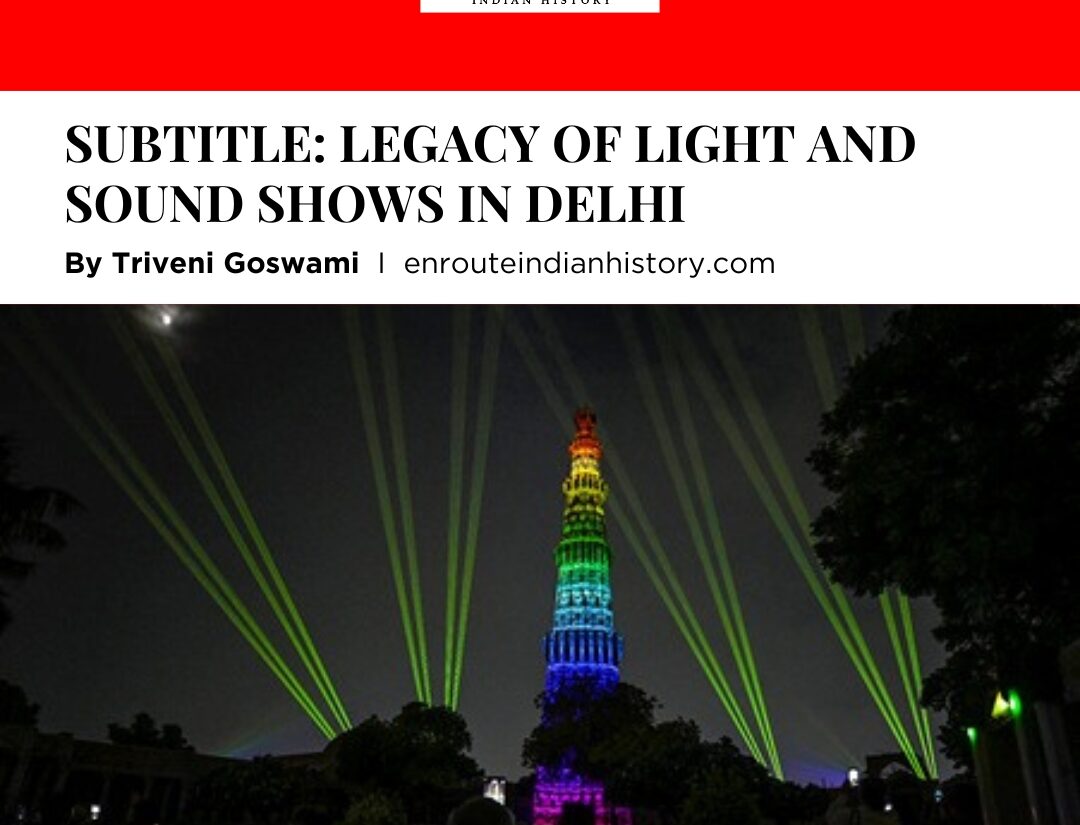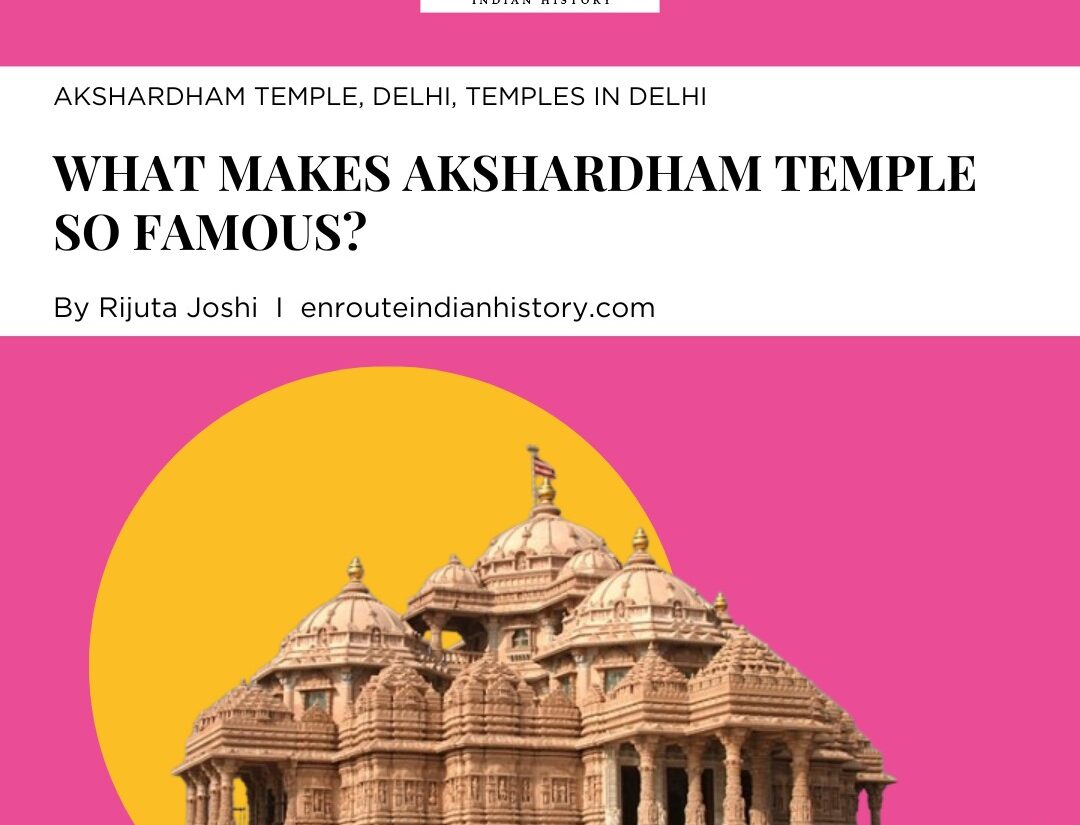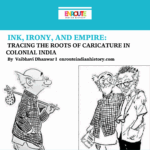

Mandi, a Hindi word for ‘market’, was the native state with the Punjab Hills near the Himalayan Region. In 1527, the former state of Siokot was established. The family lineage of the dynasty, which was formerly a part of the Punjab Hills Kingdom of Suket, dates back to 765 AD. Vijaya Sen gave birth to two boys in 1100- Sahu Sen, who governed over Suket, and Bahu Sen, who ruled over Kullu. The successors of Bahu Sen moved to Kullu up until the tenth descendant, Kabakha Sen, was assassinated by the Raja of Kullu. His son was forced to flee to Siokot, which is not far from the current Mandi, which was established under the reign of Ajbar Sen. On April 15, 1948, the final Rajput king of Mandi signed the Indian Union’s accession, resulting in the district’s incorporation into the State of Himachal Pradesh.

The Raja of Mandi was given the plot for his residence on Copernicus Marg. This Rajput king, Raja Sir Joginder Singh Bahadur constructed his residence near the current central Mandi House in Delhi. By the 1970s, this royal property was auctioned off and is now home to the state house of Himachal Pradesh, Himachal Bhawan. This constitutes the Broadway of Delhi. It is home to several of the oldest venues for dance, music, and theater in the city, including Shri Ram Center for Performing Arts, LTG Auditorium, and Kamani Auditorium. Some of India’s best actors attended the National School of Drama, which is located nearby. In the fall and winter, the neighborhood comes alive with regular festivals and art aficionados waiting in line to see the newest major motion picture or theatrical show. The place is surrounded by art institutions like Lalit Kala Akademi and Triveni Kala Sangam.
FROM PALACE TO MEDIA
A part of the vast, demolished royal palace of the Ruler of Mandi, was used for construction of the iconic Doordarshan Bhawan in the 1970s.

In terms of the variety of languages it broadcasts and the range of socioeconomic and cultural diversity it serves, All India Radio is the biggest radio network and one of the biggest broadcasting organizations in the world. As a branch of Prasar Bharati, All India Radio (AIR), formerly known as Akashvani (literally, “Voice from the Sky”), is the country’s national public radio station. It was founded in 1936. An Indian national public service broadcaster is called All India Radio (AIR). It is the sibling channel of Indian television network Doordarshan, which is owned by Prasar Bharati. With its headquarters located in New Delhi’s Akashvani Bhavan building, it is also home to the Indian television channel Doordarshan Kendra (Delhi), the FM Section, the Drama Section, and the National Service. (Training,2022).

The then President of India, Shri Rajendra Prasad inaugurated the first broadcast on September 15, 1959.
Make shift housing for AIR near the Governor’s House or Rashtrapati Bhawan was then permanently shifted in one of the wings of the erstwhile palace of Mandi. The headquater of Doordarshan carry the beacon of telecommunication for the entire world as it is the largest public broadcaster in the world today.
RISE OF THEATER GROUPS

The modern urban theater movement in India, whose “aim is to shake or destroy popularly recognized institutions and existing order” 2 and stir people’s awareness, employs the long-standing, alive traditions of folk theatre for modern agitprop.
According to Uma Parameshwaram in her book ‘India’s Street Theatre in Delhi and Montreal’, Indian folk theatre, like many other Indian traditions, has developed over the ages and adjusted to historical and regional shifts. Plays mostly retell stories from the puranas, epics, or folklore, but they also touch on political and societal themes in an indirect manner. Performers improvise on current events, and audiences frequently participate in chorus or question-and-answer sessions that differ by age and location. Reading about the historical development of certain dramatic and regional customs, like Teru Koothu in Tamil Nadu, Bhaavai in Gujarat, and Naach.

Delhi’s most significant group, Jana Natya Manch, was led by Safdar Hashmi, whose influence has persisted following his assassination in 1989. Another similar group is Theatre Union, whose spokesperson, Rati Bartholomew, resigned from her position as an English lecturer to pursue theater activism full-time, much like Hashmi. Kalindi Deshpande is the primary writer for the theater branch of Janvadi Mahila Samiti (Democratic Women’s Association), which frequently presents plays about women’s issues. As the names of her plays—To Live You Must Struggle, India Shall Be One, and Sati—indicate, they address a variety of subjects, but the main themes or characters are women. This is not the first time women’s groups and Marxist philosophy have collaborated to educate all. (Parameshwaram,1993)
The proposal for a Central institution for theater was first discussed during a seminar in 1954. A draft design was then created in 1955, and the Sangeet Natak Akademi, which was presided over by Jawaharlal Nehru, began creating blueprints for the institution. In the meantime, on January 20, 1958, Bharatiya Natya Sangh (BNS) independently founded the “Asian Theatre Institute” (ATI) in Delhi with support from UNESCO. In July of that same year, the ATI was taken over by the Sangeet Natak Akademi (SNA), the Government of India’s National Academy of Music, Dance, and Drama.(Bolton,2007)
The government combined it with the recently established school the next year, and NSD was subsequently founded in April 1959 under the authority of Sangeet Natak Akademi. The National School of Drama and Asian Theatre Institute was the original name of the school, which graduated its first class in 1961 and was located in Nizamuddin West. In addition to completely rewriting the curriculum, Ebrahim Alkazi (1962–1977), the institution’s director, had the students excavate and construct theater platforms in the backyard of a house that NSD had rented in Kailash Colony. He also created two theaters for NSD, an outdoor Meghdoot theater shaded by a banyan tree and a 200-seat studio theater, which were built after it relocated to its current site. (Cody,2007).
Today National School of Drama has Emerged as one of the finest institutes of Drama. Its distinguished alumni web, which has gone on to achieve success on national state, television and film are proof of its quality education.

Every year ‘Bharat Rang Mahotsav’ is celebrated in the premises of NSD where tribal theatre groups across the national participate to present their culture. Each year local issues, traditions, history and concerns are exhibited excellently by the performers on stage.
‘Mandi’ to the ‘Mandi House’: Bengali Market
Throughout Delhi, sweets from ‘Bengali Sweet Shop, Mandi House’ are famous in each household. Foundations of this delicious one-stop sweet shop for every occasion and sweet craving started in 1920 when Jai Kishandas, a well-known mithaiwalla from Bikaner, Rajasthan, travelled to Delhi for his grandson Sitalal’s medical care. They settled at Mehrauli, on the outskirts of Delhi, close to Qutub Minar. The change suggested a break from the family’s ancestry. There was bound to be some familial unrest as a result. Bhim Sain, a grandson of Kishandas, departed from his family and started working at a small restaurant near the kachehri, or sessions court, at the location of the modern police station on Parliament Street in Delhi. Bhim was a charismatic man and mingled well the British officials. Soon his business picked pace as he wooed the by-passers with his English speaking skills and chole-bhature , aloo- puri, chaat and chai became popular among locals. (Manmohan,2023)
Land was auctioned off for junior officer’s small hub. A pocket near Purani Dilli was auctioned off and won by a local business man Lala Bengali Mal Lohia, after whom the market was named ‘Bengali Market’.

Mandi house today is a bustling locality, one of the must-stops for anyone who plans a Delhi tour. The history of this place is equally rich and bustling. The locality has seen Kings, Colonisers, Ambitious Governments, Telecommunication House and Artists mushrooming on its land over the vast span of its existence. Mandi, apart from its historicity has provided a humble abode to artists to express themselves. Not merely in form of an institution, the genuine encouragement for creativity in the air of Mandi can be first hand when one exists the Mandi Metro Station; spray painted walls, doodles, skaters, singers, theatre artists and groups of intellectual, creative minds strolling around, creating magic.
References
TRAINING, S., 2022. A Summer Training Report (Doctoral dissertation, INSTITUTE OF ENGINEERING & TECHNOLOGY, DIBRUGARH UNIVERSITY).
https://prasarbharati.gov.in/dd-bangla-homepage/about/
| Dua, M.R., 1998. Contemporary television scene in India. Telematics and Informatics, 15(1-2), pp.53-65.
Parameswaran, U. and Ram, V., 1993. India’s Street Theatre in Delhi and Montreal. In Major Minorities (pp. 133-149). Brill. Training – National School of Drama The Columbia encyclopedia of modern drama, by Gabrielle H. Cody, Evert Sprinchorn. Columbia University Press, 2007. ISBN 0-231-14422-9. Page 766 |
||
| https://theprint.in/feature/bengali-sweet-house-was-one-of-the-first-to-bring-rasgulla-to-delhi-srk-ambani-came-too/1858309/ | ||
| Bolton, G., 2007. A history of drama education: A search for substance. In International handbook of research in arts education (pp. 45-66). Dordrecht: Springer Netherlands. | ||
| Vancouver | ||
- February 16, 2024
- 9 Min Read






















